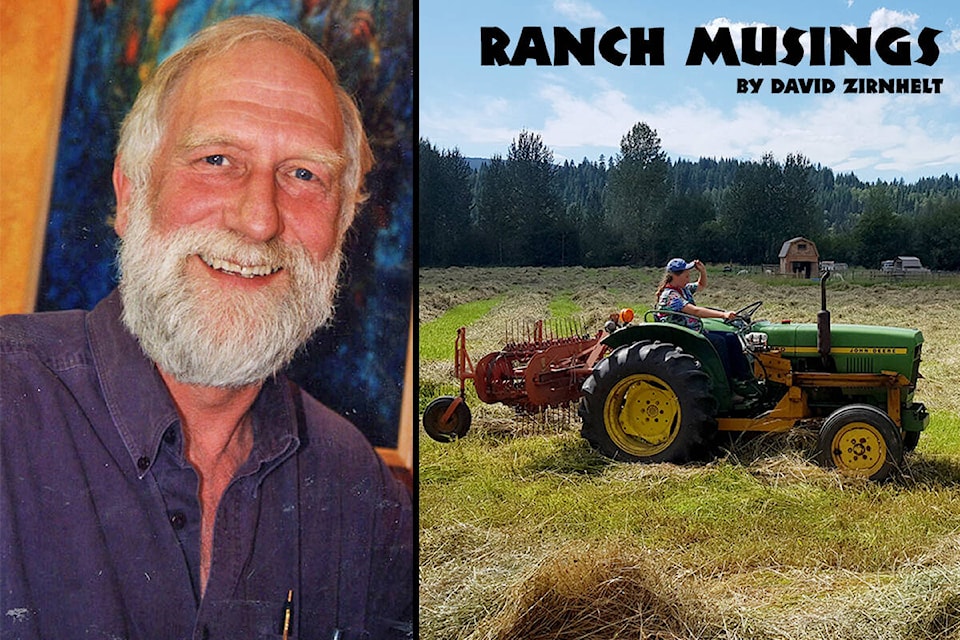One’s perspective changes as one looks at the cattle herd from a distance, especially if the cows you are looking at haven’t started calving yet.
I am writing this column from a hasty five-day trip to get a break before the busy time of calving cows befalls us. Calving is the beginning of a cycle of renewal and the start of the process of preparing to raise new live product for our market(s).
That is one way to look at this busy season. But we prefer to think of this cycle of new life and the “product” of our efforts and particularly of the cow’s diligence or “doing what comes naturally, as sustainable business.
As we creep out of the confining space that COVID has forced us into and gingerly interact more freely, we are re-establishing social contacts as a way of giving perspective to our place in space and mind.
On a ranch, which by definition has some size in terms of land and livestock, we have to ensure that there is a healthy interweaving of the land, the livestock, ourselves, our neighbours and our business. We are healthy when they are healthy.
Our role must look to the integration of the techniques we apply to our surroundings and the creatures we share the land with.
We also have to ask the question: are our actions on the land and our way of thinking bringing harmony or destruction to our bit of earth and the community around us?
The context for this thinking has to be the threats to millions of people by pandemics and war. What is the way back to or towards a more peaceable and stable co-existence with nature and humankind.
We are threatened by rising energy costs, negative feedback from nature in the form of drastic climate events, and massive movements of people from a rural existence to the burgeoning cities which cannot support the displaced people.
Much as settlers in North America have displaced a previous civilization that came before us, those of us on the land now are being displaced by uncaring urban forces that really don’t understand what being sustainable on the land means in real terms.
We can forgive them, but must ask in return that they realize that the social and environmental costs of a burgeoning built environment must bear the costs of resynchronizing the land, the living things that sustain us and the people in our communities.
If a farm gives up using water used by its crops in order to sustain the fish in streams, for example, then a city needs to recognize and absorb the costs of paving over the salmon streams to build industry and housing.
My thinking about these matters are informed by a few books written about the subject in recent decades.
One is Wes Jackson’s Becoming Native to this Place where he encourages us to behave as if we are here to stay not just exploit the resources around us and leave.
A second work, by William Turkel, called The Archive of Place would have us search the past for clues about how to live in a balanced way informed by past.
Read More: RANCH MUSINGS: Time to rebrand the word cowboy?
Like us on Facebook and follow us on Twitter.
